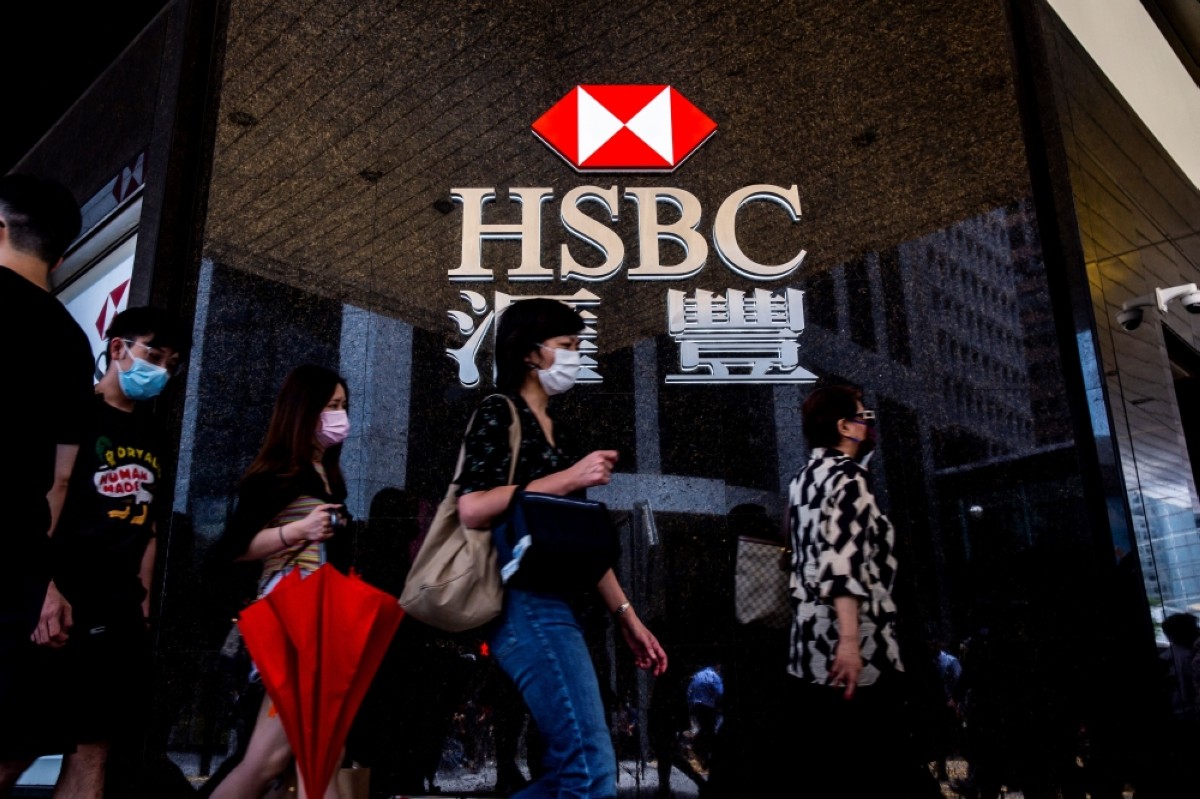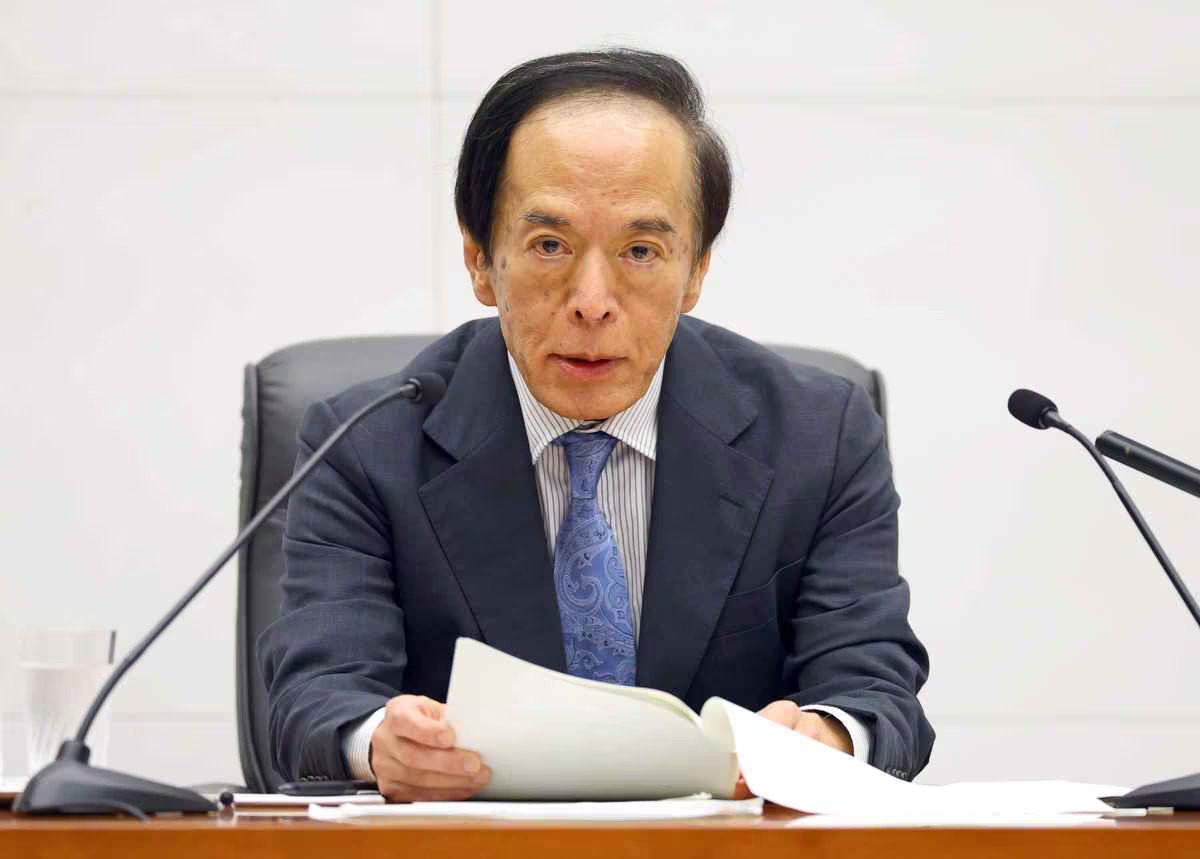Signs of easing in US labor market
KUWAIT: US non-farm employment change came in at 187,000 versus an expected figure of 170,000 marking the 39th month of job creation in the country.

The report offered fresh signs that hiring has not been as strong as previously reported. The previous two month figures were revised significantly lower by a combined 110,000. Labor participation, which measures the share of population that is working or seeking work, rose to 62.8 percent, its highest level since February 2020. The figure indicates that the supply-demand dynamics are coming into balance which might help soften wage pressures.
Average hourly earnings were up 0.2 percent on a monthly basis lower than the expected 0.3 percent and the previous 0.4 percent. Annually, wages grew at 4.3 percent as expected and lower than the previous figure of 4.4 percent. Meanwhile, the unemployment rate climbed to 3.8 percent from 3.5 percent, largely reflecting an increase in participation.
The number of available jobs in the US shrank for the third consecutive month, dropping below 9 million for the first time since early 2021. Job openings fell to a seasonally adjusted 8.827 million, from 9.165 million in June, reaching the lowest level of total openings since March 2021.Economists expected openings would drop to 9.465 million. For the Federal Reserve, signs the labor market is continuing to cool might push the central bank to end its campaign of rate increases sooner. ADP non-farm employment in the US slowed down significantly more than expected in August, with the figure coming in at 177,000 jobs added versus an expectation of 200,000 and a previous figure of 371,000 jobs.
Unemployment claims
The number of Americans filing for unemployment claims dropped to 228,000 from an upwardly revised 232,000 amid a series of mixed employment data coming over the week. US consumer confidence fell more than expected in August after marking two straight monthly increases. The Conference Board said its consumer confidence index dropped to 106.1 this month from a downwardly revised 114.0. The decline in confidence is mainly attributed to renewed concerns regarding inflation. Second quarter GDP in the US was revised lower to a 2.1 percent increase down from 2.4 percent reported last month.
This still represents a slight increase from the first quarter GDP growth of 2.0 percent, in a sign that despite 525bps worth of rate hikes, consumer spending and the labor market remained largely robust and resilient. Additionally, personal saving was revised upward by $22.7 billion to $892.3 billion, as employers scramble to keep a hold of their employees following troubles hiring due to COVID by increasing their annual wages. Consumer spending continues to be the lifeblood of economic growth, and was revised up to 1.7 percent from 1.6 percent initially.
Market reaction
On Friday, treasury yields, equity futures and the dollar traded in a volatile manner following a US jobs report that offered a mix picture of both a resilience and moderation in the labor market. Market participants continue to see the Fed leaving interest rates unchanged this month, and they also lowered the probability of a hike in November. US 10-year yields initially dropped to a low of 4.054 percent only to recover significantly and closed the week at 4.178 percent. The dollar Index lost some grounds initially, as data continues to moderate but managed to close the week higher at 104.26 as yields recovered.
The euro took a hit last week as worsening activity data put a dent on the bloc’s economic outlook, mounting pressures on the European Central Bank’s rate path. The prospect of a less hawkish ECB weighed on the euro, causing it to pull back sharply after reaching weekly highs against the US dollar. The single currency closed the week at 1.0777. Similarly, sterling closed the week lower at 1.2591 amid worsening data and demand for the safety of the greenback. The Japanese yen, the most sensitive to US interest rates, gained to 144.45 on Friday. The yen lost most of its gains on Friday and closed the week at 146.23.
Eurozone inflation sticky
Eurozone inflation stopped slowing in August, presenting European Central Bank officials with a dilemma as they evaluate whether pressures are too persistent to risk a pause in interest-rate hiking. Consumer prices rose 5.3 percent from a year earlier, holding more than 2.5 times above the 2 percent goal sought by policymakers, mainly on the back of rising energy prices. Meanwhile, economists had anticipated weakening. The core figure which strips out volatile items slowed to reach 5.3 percent, in line with expectations and lower than the previous 5.5 percent. Markets are currently pricing in an 80 percent chance of a pause for the September ECB meeting as officials vow to remain data dependent.
UK manufacturing
British factories in August underwent their weakest month since the COVID-19 crisis, with orders dropping dramatically due to the rise in interest rates at home and abroad. The S&P Global/CIPS UK manufacturing Purchasing Managers’ Index (PMI) dropped for a sixth month in a row, falling to 43.0 from 45.3 in July. It was the lowest reading in 39 months, although it was slightly above the estimated 42.5. The figure marks the 13th month in a row the PMI has stayed below the 50 mark delimiting growth from contraction.
China manufacturing
China’s manufacturing contraction eased slightly in August, providing some hope that the worst of the sector’s slump may be ending. The official manufacturing purchasing managers’ index rose to 49.7, topping estimates and edging closer to the 50 level that would signal activity has stopped contracting. While market reaction to the figures was muted, they offered tentative evidence that targeted efforts to shore up the economy are having some effect. T
he nation’s manufacturers have been struggling for months because of a slump in global demand and subdued domestic spending. Policymakers have so far been reluctant to roll out massive stimulus, with some economists suggesting the official annual growth target of about 5 percent is at risk. China increased efforts to stimulate the economy and support its currency, as investor concerns over the growth outlook continue. The central bank will reduce the amount of foreign currency deposits banks are required to hold as reserves for the first time this year, the People’s Bank of China said Friday.
The move came hours after authorities announced fresh stimulus for the struggling property sector and unveiled plans to expand tax breaks for child and parental care and education. The steps are the latest efforts to shore up confidence in the world’s second-largest economy, which is sagging under the weight of the persistent housing crisis, waning global demand and rising unemployment. Authorities have so far resorted to a drip-feed of targeted measures, avoiding the bazooka style stimulus approach they deployed during the 2008 global financial crisis amid concerns over elevated debt levels.
Kuwait
Kuwaiti dinar USD/KWD closed last week at 0.30785.











